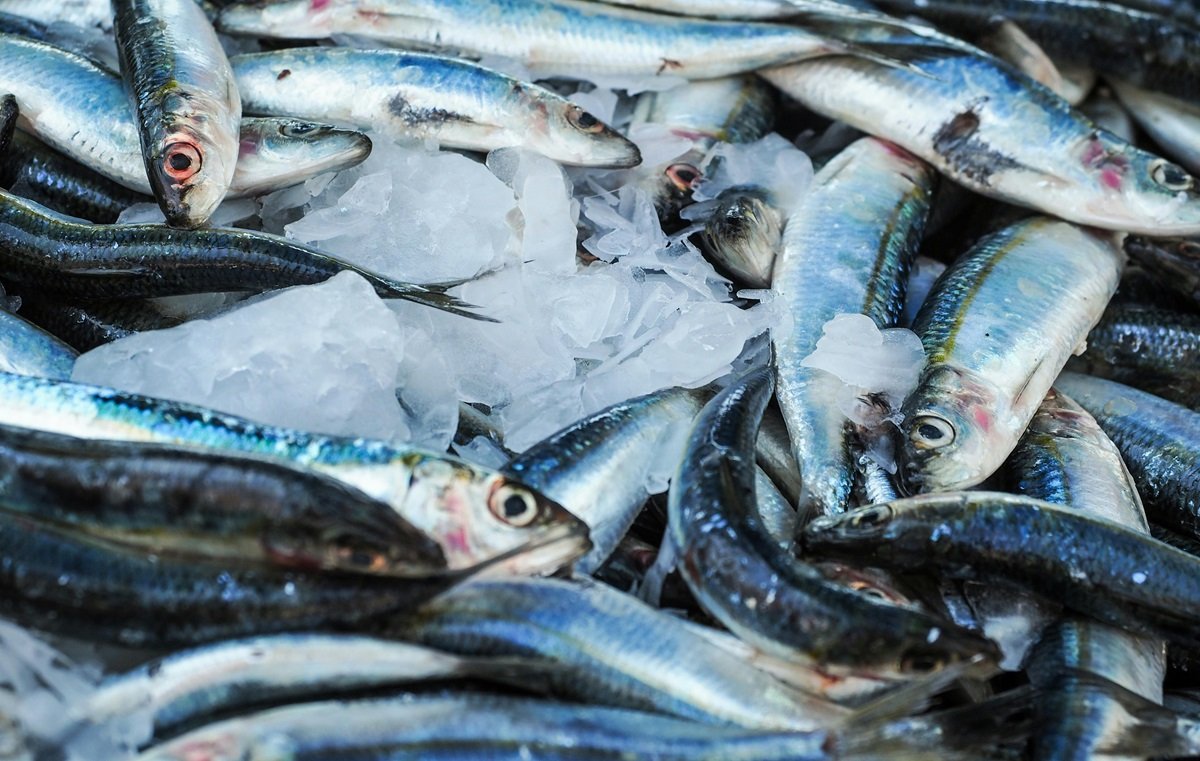
Food and Agriculture Organization of the United Nations (FAO) has called for increased investment in its Blue Transformation initiative to ensure aquatic foods play a pivotal role in combating global hunger and poverty. During a presentation to G7 agriculture ministers, FAO Chief Economist Maximo Torero highlighted the findings from the State of World Fisheries and Aquaculture (SOFIA) 2024 report, highlighting the sector's growing importance.
The report reveals that global fisheries and aquaculture production has reached unprecedented levels, with aquaculture surpassing capture fisheries for the first time. However, Torero pointed out that to maintain current aquatic food consumption levels by 2050, when the global population is expected to reach 9.7 billion, a 22% increase in supply would be required. The challenge is even more severe in regions like Africa, where a 74% increase in aquatic food supply is necessary to sustain current consumption rates. Achieving global per capita consumption rates in Africa would demand a 285% increase in production.
“These figures reflect the urgent need for major investments and transformation in the aquatic food sector,” Torero stated. He stressed the importance of FAO’s Blue Transformation strategy to ensure aquatic foods contribute more significantly to ending hunger and poverty.
Aquaculture, the report found, has the potential to meet the growing demand for aquatic foods, but marine capture fisheries remain critical for livelihoods, food security, and sustainable development. However, sustainability is a pressing concern. In 2021, 62.3% of marine stocks were fished at biologically sustainable levels, a 2.3% decline from the previous assessment, underscoring the need for effective management of all fish stocks.
The FAO Chief Economist also highlighted the sector’s role in providing livelihoods. With over 62 million people directly employed in fisheries, 90% of them in small-scale operations, it is vital to involve them in policy-making. Including those dependent on the sector, about 600 million people rely on aquatic production, with women playing a key role in post-harvest activities.
Torero stressed the need for gender-transformative approaches in shaping policies for sustainable and equitable growth in the aquatic food sector.

















